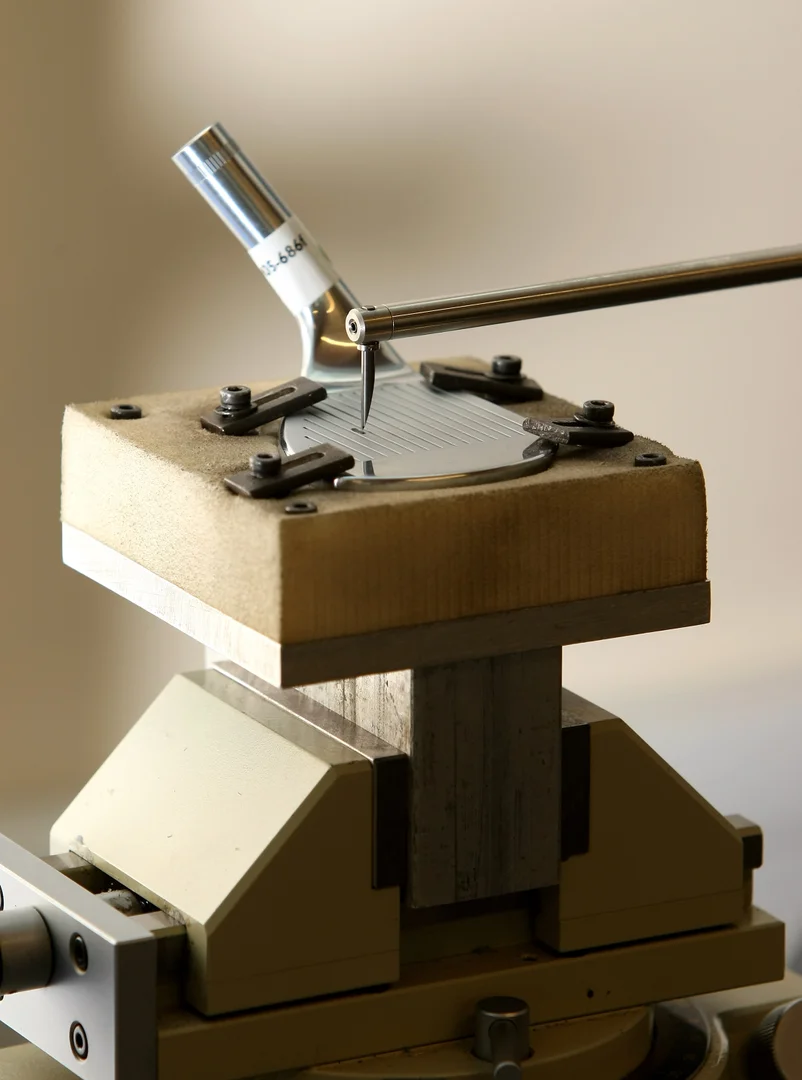Medical Exceptions
Modified Equipment Rules For Players With Disabilities
A number of players have physical limitations that may result in some degree of disability and that may affect their ability to play the game. The Modified Rules of Golf for Players with Disabilities is the primary way in which the Rules are adjusted to allow a player with a disability to compete fairly with players who have no disabilities, the same disability or different disabilities. These can be found in The Official Guide to the Rules of Golf.
For the most part, the authorised modifications covered in these Modified Rules of Golf are such that there is no allowance for modification to clubs, balls, devices or other equipment. However, there are some cases where a modification is required.
There are two cases where a modification to a club or other equipment could be allowed without consultation with the R&A or USGA, but only if the Committee is of the opinion that it is warranted and does not provide the player with an undue advantage.
Length
Players who can demonstrate a need to use clubs that are longer than the 48-inch (1.219m) limit defined in Part 2 Section 1c may use clubs longer than 48 inches (1.219m) in length, provided that the shortest club carried by the player (excluding the putter) is no more than 10 inches (254 mm) shorter than his or her longest club (again, excluding the putter) and the Local Committee authorises it. This is the same allowance included in Part 2 Section 1c of the Equipment Rules.
Grips
Players who have a physical limitation, such as missing digits or other medical condition restricting the use of one or both hands, may be permitted to use grips on their clubs which do not meet the requirements of Part 2 Section 3 of the Equipment Rules, provided that the Local Committee determines that the player would not gain an undue advantage over other players. The grips to be used should be commercially available (e.g. putter grips) not modified in any way, and should not generally be manufactured in such a way that they would be considered to be a “training grip” i.e. a grip that is designed to place the hands in a consistent position or assist with the stroke.
Other grip modifications may be permitted under Rule 4.3b.(1), but in these instances it is highly recommended that the Committee consults with the R&A or USGA before giving an allowance.
